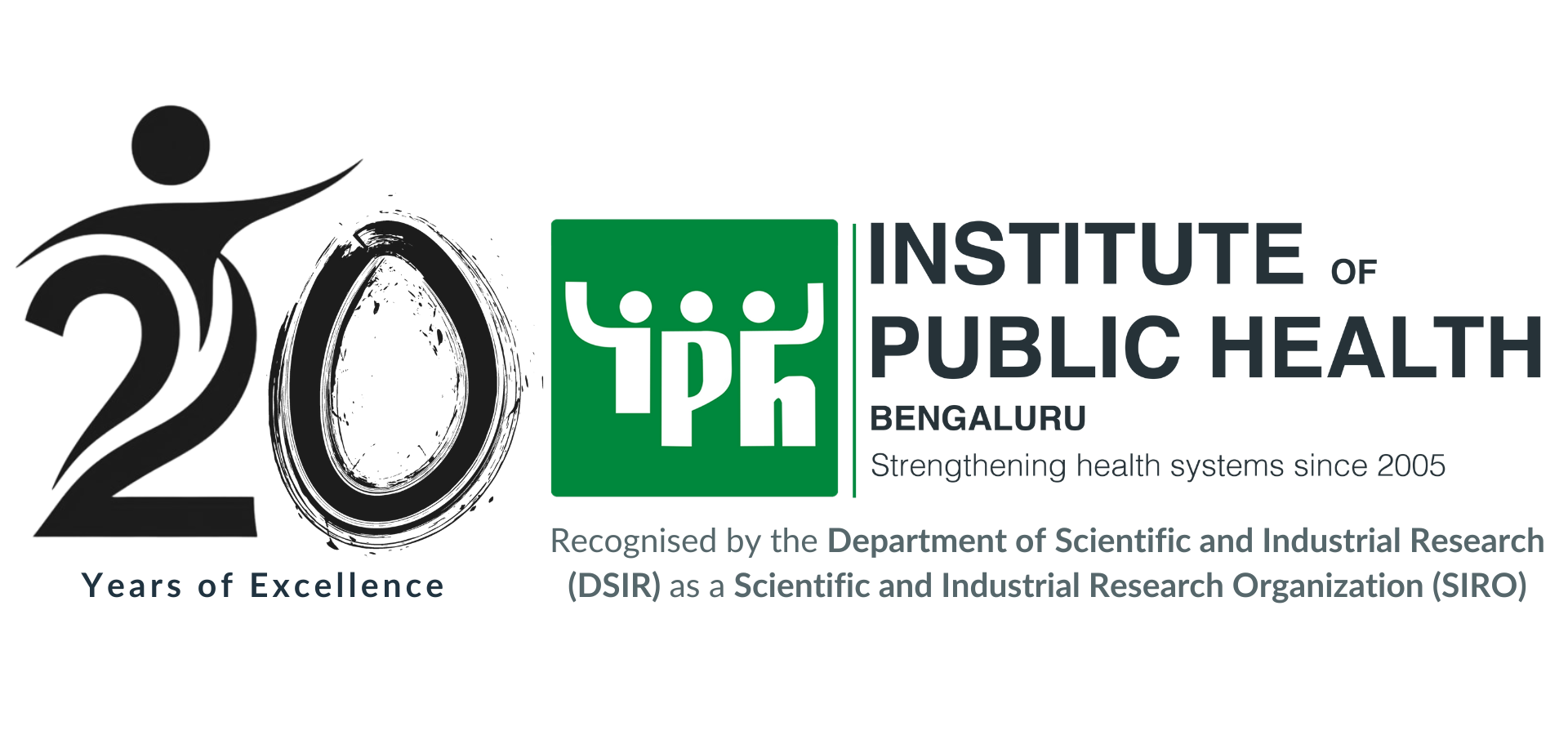Citation: Bhojani UM, Prashanth NS, Devadasan N. Under reported deaths and inflated deliveries: making sense of health management information systems in India, International Conference on Health Systems Strengthening, Chennai, May 2010.
Publication year: 2010
Publication type: Conference presentation – Oral
Conference: International Conference on Health Systems Strengthening
Abstract:
Issues
An enormous data collection and transmission happens every week, month and year across a distant village to state and national capitals within public health services in India. It calls for a great deal of human, material and financial resources to sustain HMIS for its major utility in planning and management of health care delivery for the people of this country. However the quality and the rational of the HMIS as it has been over the years have constantly been questioned by program managers and public health researchers suggesting need to make sense of this very system.
Lessons learned
Study of HMIS of an eastern Indian state of Orissa through interviews of 59 staff across various levels of health care system in four districts, revealed that within a district (basic unit) health system, through at least 114 registers and 188 reports, a minimum of more than 2500 data variables were being collected. Most of these data remained on records and were hardly analysed and utilised. Review and reporting of data was not perceived by medical doctors (In-charge of various levels of health care) as their common task. Statistical staff involved in HMIS expressed many challenges in form of inadequate human resource, low competence, inadequate material supply, and enormous time needed to deal with large number of registers and reports. Feedback on reported data was not a usual phenomenon and was generated largely negatively in response to delay or discrepancies in data reporting. There was a contrast between perceptions of senior state level officers, who were content with the data outputs, and relatively newly introduced district level managers who had concerns regarding quality of HMIS. Duplication and manipulation of data; inadequate supervision and accountability; inadequate review of data before transmission to next level and lack of competent human resource were reported as major challenges by the later group. Validation of data was perceived as important task but was largely done through adhoc random during field visits.
Way forward
Rationalisation of registers and reports by discarding those with poor managerial value and amalgamating those with obvious duplications can save resource and ease burden (at least 11 such registers and 21 reports were recommended for discontinuation). There is need to analyse the collected data to make sense of it and generate managerial guidance at all the levels and for this to happen, an appropriate framework of appropriate indicators needs to be developed. Data validation and triangulation using supportive supervision, comparison with independent studies and/or data from other sources, and comparison over time and across regions is needed. Use of monthly review meetings, an establish norm in the system, for review and analysis of selected sets of data and periodically revisiting it with stress on understanding its implications is crucial. Finally, development of an operational manual and capacity building of staff is important in institutionalising such processes.


